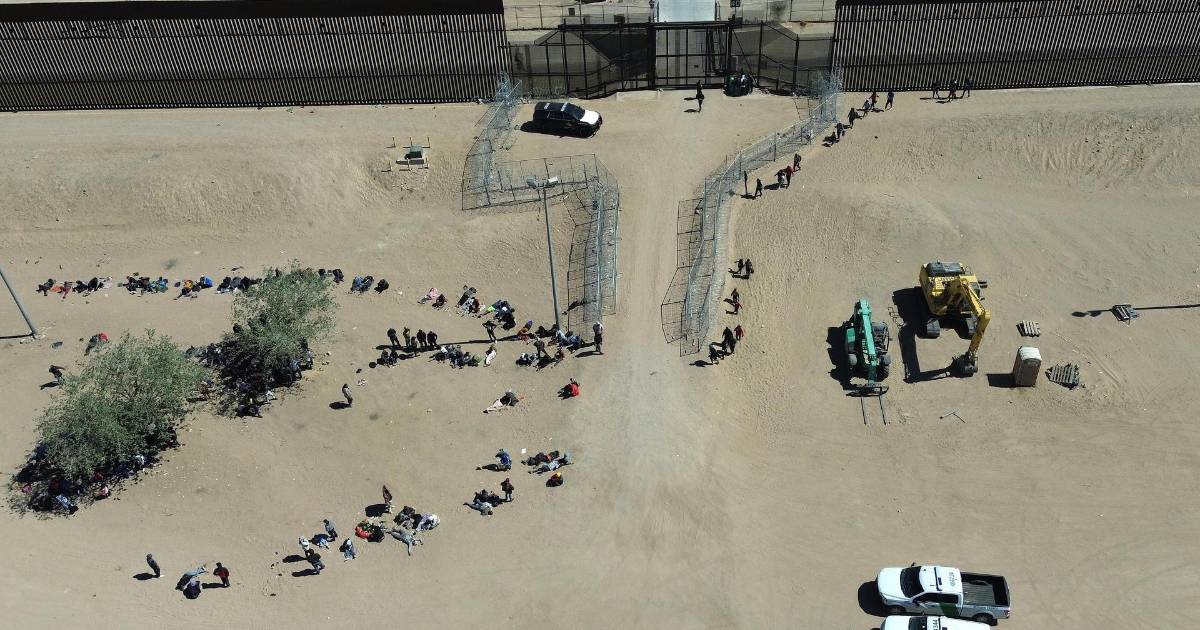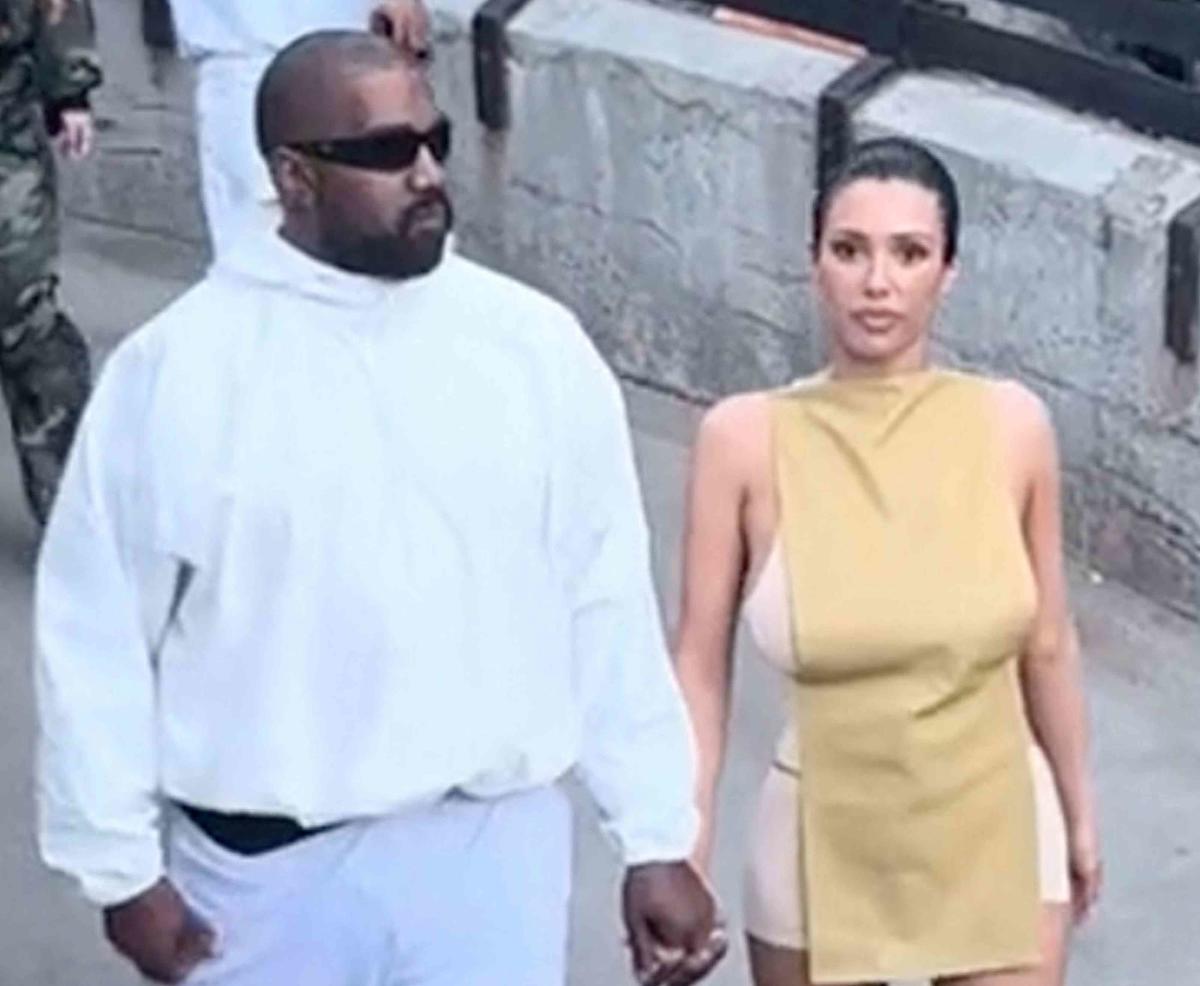In all times and places, literature is an expression of its social and political context, and discourses on science are found not only in academic texts. Cultivated in the fascinating literature, and in newspaper and magazine articles, there are endless clues as to how the various scholarly discourses circulating at a given time and place are represented and integrated into society. Soledad Kirillac Dedicated to searching for those clues Scientific and its representation in literature.
In particular, Quereilhac found an interesting pattern: in the fantasy literature of the late nineteenth and early twentieth centuries, spirituality and science are constantly linked. Eduardo Holmberg, Horacio Quiroga, Leopoldo Lugons. They all imagined stories in which scientific arguments are permanently intertwined with the so-called “magic sciences”.
It wasn’t magic, it was science
Currently, this is impossible Consider scientific disciplines such as demonology, animism, phrenology, or theosophy. But until a few years ago, these disciplines had their own journals, circles of experts and even – in some cases – their own university presidents. Scientists of stature Alfred Wallace, co-author of The Theory of Evolution with Charles Darwinthey were ardent advocates of practices that found scientific, now fallen from grace.
Even Wallace experimented during séances, Attempting to Find Scientific Evidence for the Existence of “Supersensory Entities”. Although it does not seem to us now a serious or scientific discipline, and is not considered a phenomenon that science can or should study, spirituality and the sciences of occultism and astrology were so popular among the same scholars that no one hesitated to call them “serious”. To understand this situation (like any other), it must be viewed in its historical context.
There are scientific discoveries that change everything: the way science works, the method of production, the treatment of diseases, the understanding of the world. But they are also, and no less important, changing the perception of science in the collective imagination.
I suggest a trip to the past. It’s November 8, 1895 and William Roentgen On the verge of making a discovery that would earn him a Nobel Prize in six years. This discovery is nothing more and nothing less than x-rays, the whole world revolutionized. Soon, medicine will realize how useful these new packages are in diagnosis. And begins to confuse scientific knowledge with magic. Scientific development makes the impossible possible. Makes the interior of an opaque object visible. If thanks to Röntgen and his X-rays we can now see bones, why not develop ways to see the soul?
X-rays and other scientific developments of the nineteenth century were the engines of one of those paradigm shifts that escaped from the academic space and permeated other areas of society, such as public opinion and art. The evidence for this is not in papers, laboratories, or patents, but rather in books.
“Art does much more than just reverse conflict: it paraphrases and shows it from a different perspective,” says Soledad Quereilhac, UBA Doctor of Arts, professor in that university’s School of Philosophy and Letters and a researcher at Conicet. “It’s a reflection, but it’s not a mirror, it’s a symbolic paraphrase.” Discussion of nineteenth century scientific ideas can be traced in expert circles, but also in fictional literature, such as that mirror which Soledad asserts is more sensitive to capturing and showing the other side of moral and ideological struggles.

Read to live
Quereilhac finds it clear that he loved reading. “Without a doubt, literature has been what attracted me most to reading within the wide range of what has been written. He remembers that the experience of communicating with the world through literature, and I would like to point more, fiction, which I am most passionate about, is almost like a passage into another dimension.” “Without this literary dimension, which is found in books and sometimes, by extension, in other forms of art based on literature, I feel life is vulgar, frustrating or, on the contrary, very difficult to deal with.”
It sounds like a dream, but in what gives meaning to his life, Quereilhac manages to find, at the same time, the object of his study and the source of his work. When he was finishing his studies in literature, he noticed that it was possible You don’t just study literature, you also study national history through itConflicts and processes that pass through society. that through criticism, cultural history and sociology of culture, he can analyze and understand literature in the context of its production, and thus its intersections with religion, with other art forms or even with scholarly discourses. That’s why I decided to embark on the research path with a Doctor of Arts degree, and then work as a researcher at Conicet.
She herself talks about the tasks that make up her work routine: “I spend hundreds of hours reading books, articles and other texts. In this profession, you have to read until you fall asleep to be able to cover the flow of necessary pages that our sources build, theoretical framework or critical interventions,” he jokes.
A literary scholar like her also dedicates her work day Search archives for sources such as letters from writers, manuscripts, chronicles of literary works or other societies, and lost texts In literary and cultural journals or current affairs journals, or in newspapers, the search for which involves a search of archives in a newspaper library. In addition, you spend hours writing and reviewing articles, books, and papers, and meeting with the research group, fellows, fellows, and thesis students. He concludes, “Extensive work is done alone, but exchange and discussion with others are necessary and ongoing throughout the year,” pointing to a fact common to all scientific disciplines.
Soledad reflects on her field of study: “Literature is a form of knowledge accessible through techniques of representation, symbols, and expression. But this form of knowledge is not cumulative or reducible in theory, but is intertwined with the great role that language and language acquire in literature. Through This unique use of language, one approaches the world in its less thoughtful and less obvious aspects.”

Like any researcher, his work is nourished by collaboration. Soledad had to get her feet in the mud of exact and natural sciences, because Early science fiction, whose interest was in its early years, appeared in Argentina in the midst of an explosion of discoveries In this area. “During my PhD in particular, a good friend with a PhD in biology helped me a lot with some concepts, although it was still a challenge for her to contextualize 19th century theories and discoveries. His insight was fundamental,” he recalls. He also acknowledges his family’s support: “My father, who is no longer here, was a chemical engineer and was also a constant interlocutor for identifying some ideas and images for science fiction stories from the 19th and early 20th centuries. He was also fond of reading, especially historical texts, and had a knack for putting together some scientific references. In perspective, this kind of conversation assured me that I didn’t make blunt mistakes when I looked at majors that weren’t mine.
All sciences and sciences
Soledad and colleagues launched the digital newspaper library Currently (The Historical Archive of Argentine Journals). His doctoral thesis led to the book When science stirred up fantasies (Editorial Siglo XXI), which brought her into contact with colleagues from various disciplines. Currently tracking files utopian literaturewhere he hopes to find clues about the ideals of anarchism and socialism, as well as the lamentations of the conservative elite of the early twentieth century.
There is a very powerful imagination that represents science and research only around the exact and natural sciences. Confronting critics of research in the social sciences and humanities, Kirilhack asserts: “We cannot think of ourselves in the present if we do not study our past and our origins. Literature is part of the country’s cultural heritage, but the book is silent. Literature speaks when it is read and studied, not only by the general public but also by professionals.”
Surgically dissecting what you love, and taking it apart in order to make sense of it, it almost feels like destroying the magical part of it. But to complete the dream of working on what she is passionate about, fortunately not what happened to Quereilhac. For her, reading Horacio Quiroga is still fun. “For Quiroga I am fascinated. It seems to me that he has a unique narrative intensity, he does his best to find the perfect technique to capture life experience at its best,” he says.
He concludes, “I always tell my students that those of us who study literature have plenty of tools for figuring out what’s inside the game, but we never break them.” Just like an X-ray.
This note is part of Scientists from herea collaborative project that seeks to highlight the history and work of transgender, intersex, and non-binary women and individuals in science and technology in Argentina.

“Social media evangelist. Student. Reader. Troublemaker. Typical introvert.”







More Stories
Valdepeñas' Plaza de España is hosting the CSIC science fair this weekend
New medicine for the genius man
Augusto Pirtel will give a Master's presentation at the Faculty of Economic Sciences at UNMSM